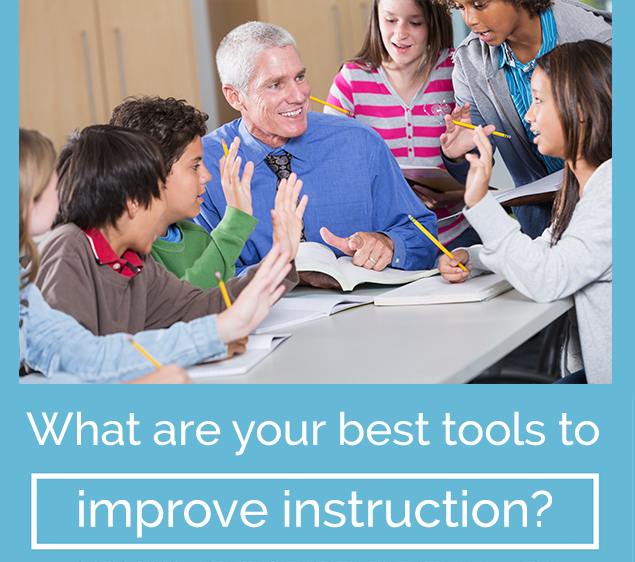How can Teachers Improve Better Education?
Posted by Network Support · Leave a Comment
Solve problems and improve professional practices in your classroom with Action Research…
Author Lawrence Stenhouse advocated that “it is not enough that teachers’ work should be studied: they need to study it themselves”. He believed that teachers could lead change in education, with the application of Action Research.
What is Action Research?
Action Research is a practical approach to professional inquiry and is a vital tool of self-analysis and improvement in the field of education.
Its purpose is to understand and improve every day actions for better learning. Here, the research is carried out by practitioners in their own practice, unlike other forms of research that are conducted by an outsider. Action Research in education is grounded in the instruction of teachers, and their experiences on a daily basis.
Action Research can be used to understand:
- The intricacies of one’s practice
- How to make one’s practice better
- How to accommodate outside change in one’s practice
- How to change the outside in order to make one’s practice better
Thus, its main purpose is to help teachers, as researchers, solve their teaching problems “in action.” Here is a look at its 5 key features:
1. Knowledge in Action
The primary output of any research is to generate knowledge. Action Research, in particular, creates knowledge based on inquiries conducted within specific contexts. As articulated earlier, the purpose of Action Research is to learn through action that then leads to personal or professional development. Therefore, Action Research is participatory in nature.
2. Reflective Evaluation
Critical reflection on the process and outcome is an important part of Action Research. First, the researcher collects data and then evaluates what is happening in the classroom. Self-reflective research by the educator-researcher turns the lens toward their own educational classroom, school, or tutorial practices. The quality of educational experiences provided to children will depend on the ability of the teacher to stand back, question, and reflect on his or her practices.
3. Context Specific
Action Research is usually implemented in a specific classroom with a particular teacher or group of teachers who work together (and in collaboration with students). Its purpose is to pursue a change or improvement in his or her teaching strategies. It generally involves the identification of practical problems in a specific context and an attempt to seek and implement solutions within that context.
4. Creates Change
Action research is a powerful tool for teachers to find solutions for problems in their own educational settings. Acting upon the research to bring about a change is a key feature of Action Research because it is used in real educational situations, focusing on solving real problems. At the end of each study, change must take place quickly.
5. Informs Practice
Action Research informs the teacher’s future direction and practice. It helps educators to be more effective in the areas that are most important to them — their teaching and the development of their students. When teachers have convincing evidence that their work has made a real difference in their students’ lives, the countless hours and endless efforts of teaching can seem more worthwhile.
Like this article for teachers?
Browse the Professional Learning Board COURSE CATALOG to find related online courses for teachers in your state. Professional Learning Board is a leading provider of online professional development classes that teachers use to renew a teaching license or renew a teaching certificate.





